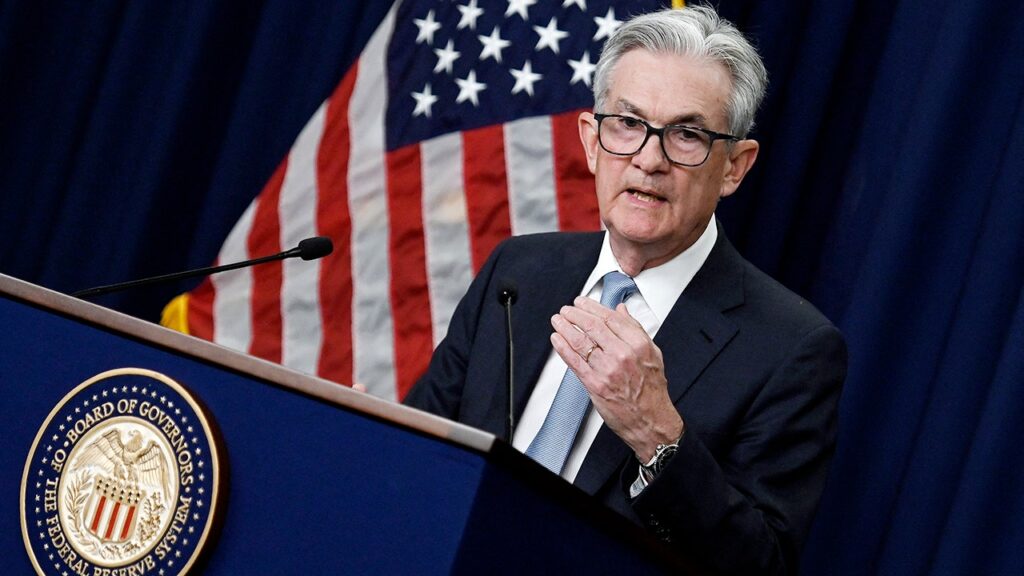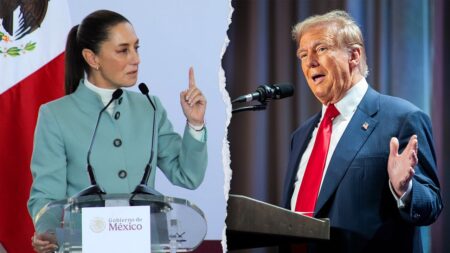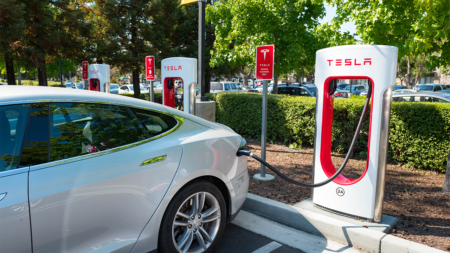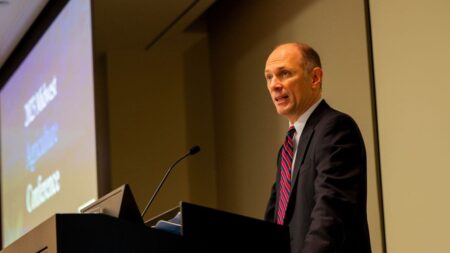The Federal Reserve on Wednesday held interest rates steady for the sixth straight time after a string of disappointing inflation readings dimmed the odds of cuts later this year.
The widely expected decision – which left interest rates unchanged at a range of 5.25% to 5.5%, the highest level in 23 years – comes amid signs that progress on inflation is stalling, or even starting to reverse.
In their post-meeting statement, policymakers left the door open to rate cuts but stressed they need “greater confidence” inflation is coming down before easing policy.
“In recent months, there has been a lack of further progress toward the committee’s 2 percent inflation objective,” the statement added.
HOME PRICES SURGE TO ANOTHER RECORD HIGH IN FEBRUARY
While inflation has fallen considerably from its peak, progress has largely flatlined since the summer. The Fed’s favorite gauge shows that inflation is running at a 2.7% pace – well above the central bank’s 2% goal. When excluding food and energy, underlying core inflation came in even hotter at 2.8%.
“In particular, readings on inflation have come in above expectations,” Chair Jerome Powell told reporters at a press conference in Washington. “It is likely that gaining such greater confidence will take longer than previously expected.”
THE SILVER LINING OF HIGHER INTEREST RATES: SAVINGS ACCOUNT RATES
Policymakers raised interest rates sharply in 2022 and 2023, approving 11 rate increases in the hopes of crushing inflation and cooling the economy. In the span of just 16 months, interest rates surged from near zero to above 5%, the fastest pace of tightening since the 1980s.
Hiking interest rates tends to create higher rates on consumer and business loans, which then slows the economy by forcing employers to cut back on spending. Higher rates have helped push the average rate on 30-year mortgages above 8% for the first time in decades. Borrowing costs for everything from home equity lines of credit, auto loans and credit cards have also spiked.
| Ticker | Security | Last | Change | Change % |
|---|---|---|---|---|
| I:DJI | DOW JONES AVERAGES | 38310.72 | +494.80 | +1.31% |
| I:COMP | NASDAQ COMPOSITE INDEX | 15906.496934 | +248.67 | +1.59% |
| SP500 | S&P 500 | 5090.01 | +54.32 | +1.08% |
Yet the rapid rise in rates has not stopped consumers from spending or businesses from hiring.
The labor market is continuing to chug along at a healthy pace, with employers adding 303,000 new workers in March. Job openings remain high, and the unemployment rate is hovering around 3.8%.
Still, Powell ruled out the likelihood of another rate hike on Wednesday, saying that policy is restrictive enough.
“I think it’s unlikely that the next policy rate move will be a hike,” he said. “We don’t see evidence that policy isn’t restrictive.”
This is a developing story. Please check back for updates.
Read the full article here










